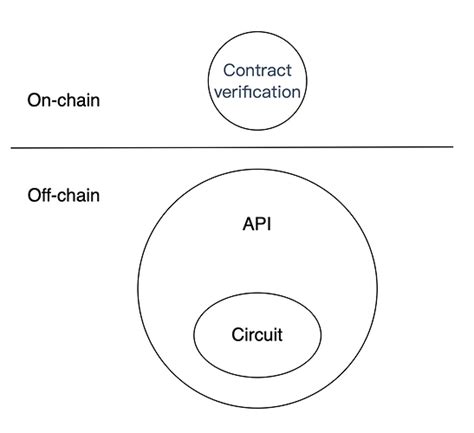Understanding of a simple payment check (SPV) wallet: how they check the incoming operations
As an Ethereum user, you are probably encountered with the concept of SPV wallets and how they work. In this article, we will break down what SPV wallets do to check the operations they receive to help you understand their internal work.
What is the SPV wallet?
SPV (Simple Payment) Wallet is an Ethereum wallet type that does not protect your private keys. Instead, it uses a technique called a simple payment check to check the network operations. This allows consumers to achieve their own funds, no need to keep influenza information such as private keys.
How does the SPV wallet work?
When you create a SPV wallet, you are given a SPV certificate set containing information about your address and operations that have been confirmed on Ethereum. These certificates are used to check the resulting operations.
Here’s how it works:
1
2.
- Confirmation : If the SPV certificate corresponds to one of the well -known valid operations, it indicates that the operation is valid and has not been modified or fake.
- Inspection result
: Then your wallet in your inner database stores a proven operation that allows you to achieve your funds.
How does SPV wallets check the incoming operations?
To check the resulting operations, the SPV wallet uses a technique called “re -coding” or “re -examination”. Here’s how it works:
1
2.
- Corresponding : If the re -encoded data corresponds to one of the known existing operations, it indicates that the operation is valid and has not been replaced or damaged.
Suppose the user A
Let’s say we want to understand how the SPV wallet checks the incoming operations using a specific example: User A wants to send 1 ETH user B. This is what happens:
* Operations creation

: The wallet creates a new operation and broadcasts it to the net, including its input data (ETH address).
* SPV Certificate Generation : The wallet generates the SPV certificate of this transaction using a cash internal database.
* State channel : The wallet also includes this SPV certificate in the list of known valid operations already approved on the network (known as the State Channel).
* Inspection using known operations : When the user A wants to send 1 ETH, the wallet compares its re -coded data with the known operational operation on the public channel.
* Match : If both overlap, it indicates that the operation is valid and has not been replaced or forged.
In conclusion, the SPV wallets use a technique called a simple payment check to check the incoming operations to compare their input data to the list of well -known transactions. This allows consumers to achieve their own funds, no need to keep influenza information such as private keys. Understanding how it works, you will be better ready to browse the Ethereum world and make reasonable decisions on your digital property.
